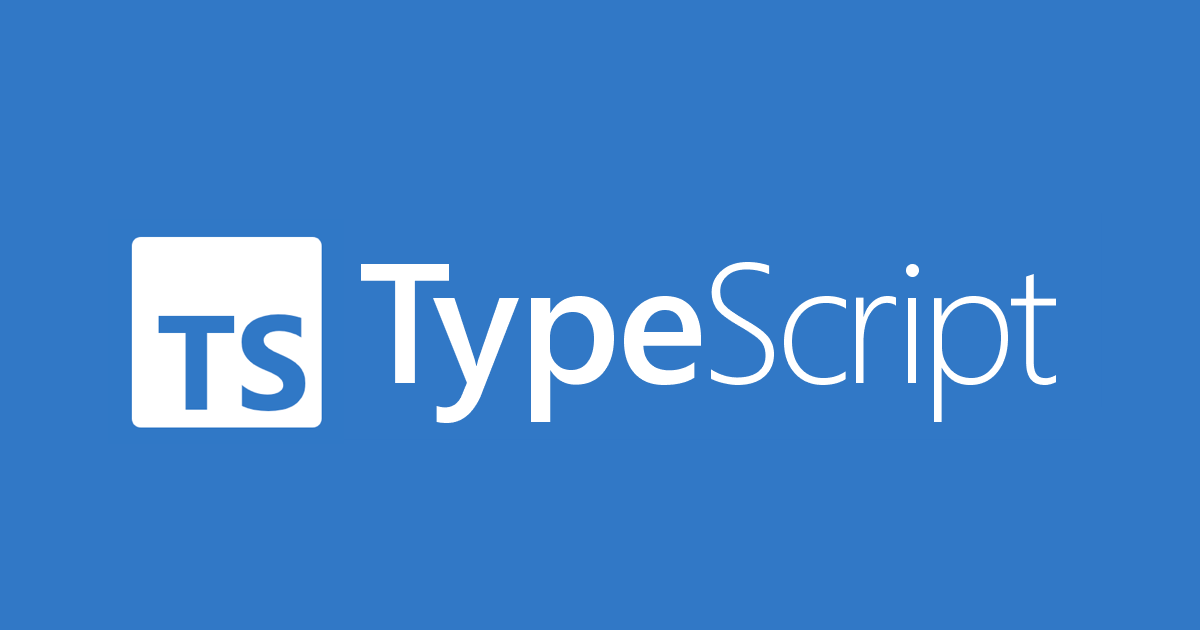
這邊介紹 5 種 TypeScript 的進階技巧,有些也結合了 React 實務上會用到情境。
is
is 關鍵字用在函式判斷參數是哪個型別並回傳布林值時使用。
使用有 is 關鍵字的函式後,在該程式區塊內型別將會被過濾 (Type Guard),就可以直接使用該特定型別內有的屬性了。
class Computer {
constructor(
public id: string,
public cpu: number,
public ram: number
) {}
}
class Phone {
constructor(
public id: number,
public touchScreen: string,
public speaker: string
) {}
}
type Devices = Computer | Phone;
export const isComputer = (
value: Devices
): value is Computer => {
// do something that make sure value is Computer
return value instanceof Computer
};
const calculateSomthing = <TValue extends Devices>(value: TValue) => {
if (isComputer(value)) {
// value.cpu ...
// do something with the Computer
} else {
// value.touchScreen ...
// do something with the Phone
}
};
Exhaustiveness checking
當用 if else 或 switch 做判斷,將聯集型別一一過濾,若連最後一種可能都濾掉的話,最後型別會是 never ,簡單講 never 跟 any 剛好相反, never 型別只包含自己但是 any 可以代表任意型別。
never 的出現提醒我們輸入的參數有誤或是條件判斷可能有缺漏,以下沿用之前舉例:
class Mic {
constructor(
public id: string,
public volume: number,
public size: string
) {}
}
type Devices = Computer | Phone | Mic;
const getSelect = (device: Devices) => {
if (device instanceof Computer) {
// do something with Computer
} else if (device instanceof Phone) {
// do something with Phones
} else {
const errorState: never = device; // Type 'Mic' is not assignable to type 'never'.
throw new Error(`Reaching an impossible state because of ${errorState}`);
}
};
上述 Devices 還有 Mic 這個可能,但是我們的判斷缺少了,這時型別是 never 的 errorState 會報錯,提醒還有 Mic 這個可能。在非常多 if else 或用 switch 時,最後加入 never 型別可以幫助我們有效排查疏失。
Discriminated unions
假設 Computer 只是一個 interface 或 type ,並不是 Class 而沒辦法使用 instanceof 的情況,我們可以增加一個屬性並寫定字串。
export interface Computer {
__typename: 'computer'
id: string
cpu: string
ram: number
}
// ...
export const computer: Computer[] = [
{
__typename: "computer", //
id: "123-abc-456",
cpu: 4,
ram: 16
},
// ...
];
export type Devices = Computer | Phone | Mic;
const getInfo = (value: Devices | string) => {
if (typeof value === "string") return value;
if (value.__typename === "computer") return `CPU: ${value.cpu}, RAM: ${value.ram}`;
if (value.__typename === "phone") return `Touch Screen: ${value.touchScreen}, Speaker: ${value.speaker}`;
// ...
return "";
};
實際在編輯器撰寫時可以看到在 if else 區塊內 value. 出現的提示就是對應 __typename 的型別物件屬性。
定義型別時直接指定常數可以用在非常多地方,例如進行非同步行為時的狀態:
type PendingState = {
status: 'pending';
};
type LoadingState = {
status: 'loading';
};
type SuccessState = {
status: 'success';
data: Book[];
};
type ErrorState = {
status: 'error';
error: any;
};
type State = PendingState | LoadingState | SuccessState | ErrorState;
還有 React Component :
interface SingleSelectProps<TValue extends Devices> {
isMulti: false;
onChange: (value: TValue) => void;
}
interface MultiSelectProps<TValue extends Devices> {
isMulti: true;
onChange: (value: TValue[]) => void;
}
export const GenericSelect = <TValue extends Devices>(
props: SingleSelectProps<TValue> | MultiSelectProps<TValue>
) => {
// ...
}
Polymorphic Component in React and TypeScript
之前可能有使用某個三方元件,給定 as="div" 或 as="span" 就可以渲染出不同的元素。
其實就是用 React.ElementType 與給定預設值的方式:
type TitleOwnProps<E extends React.ElementType = React.ElementType> = {
children: string
as?: E
}
type TitleProps<E extends React.ElementType> = TitleOwnProps<E> &
Omit<React.ComponentProps<E>, keyof TitleOwnProps>
const __DEFAULT_ELEMENT__ = 'h2'
function Title<E extends React.ElementType = typeof __DEFAULT_ELEMENT__>({
children,
as,
...props
}: TitleProps<E>) {
const Component = as || __DEFAULT_ELEMENT__
return <Component {...props} aria-labelledby='title'>{children}</Component>
}
function Application() {
return (
<Title as='a' href='/'>
Application component rendering Title
</Title>
)
}
TypeScript Generic Function Constraints
用 extends 搭配寫定特定物件屬性的方式,可大副增加泛型函式的彈性,不必再讓參數綁定到特定型別。
假設此泛型函式會用到 length 屬性,那只要寫成 <T extends { length: number }> 就好,任何有 length 屬性的物件都可以帶此函式。
function longest<Type extends { length: number }>(a: Type, b: Type) {
if (a.length >= b.length) {
return a;
} else {
return b;
}
}
const longerArray = longest([1, 2], [1, 2, 3]);
const longerString = longest("alice", "bob");
const notOK = longest(10, 100); // Error! 10 doesn't have a 'length' property